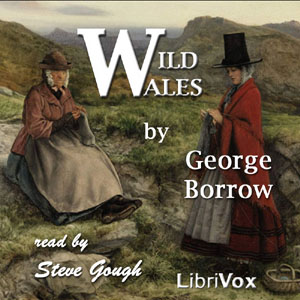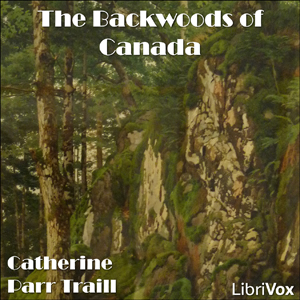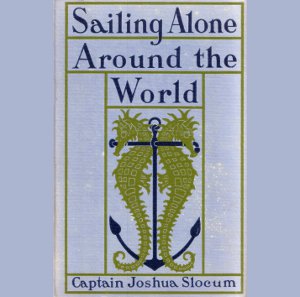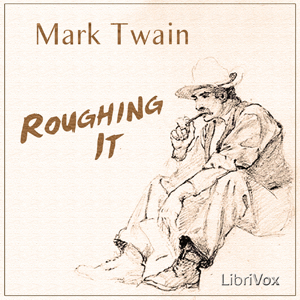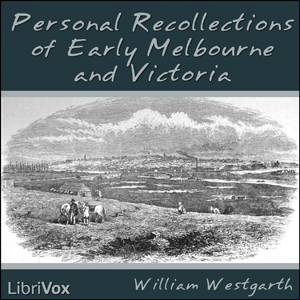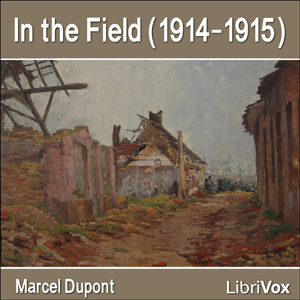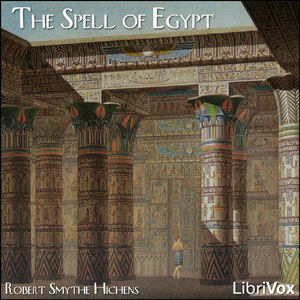- Introductory
- Chapter 1: Proposed Excursion
- Chapter 2: The Start, Peterborough, Birmingham
- Chapter 3: Chester
- Chapter 4: Chester, Camp-meeting
- Chapter 5: Chester, Book-Stall, Wrexham
- Chapter 6: Llangollen, the Dee
- Chapter 7: Llangollen, Lodgings
- Chapter 8: The Robber’s Leap
- Chapter 9: Llangollen, Pengwern
- Chapter 10: The Berwyn
- Chapter 11: Pont Fadog
- Chapter 12: Pont y Cysswllt
- Chapter 13: Llangollen, the Abbey of the Vale of the Cross
- Chapter 14: Expedition to Ruthyn, the Column
- Chapter 15: The Turf Tavern, Ruthyn
- Chapter 16: Return from Ruthyn, Agricola’s Hill
- Chapter 17: Llangollen, Plas Newydd, Llyn Ceiriog
- Chapter 18: Llangollen, the Parish Clerk
- Chapter 19: Llangollen, the Vicar, the Pool of Catherine Lingo, Robber’s Leap
- Chapter 20: The Valley of Ceiriog, Huw Morris’s Chair, Pont y Meibion
- Chapter 21: Pandy Teirw
- Chapter 22: Llangollen Fair
- Chapter 23: Pont y Pandy, Glendower’s Mount, Corwen
- Chapter 24: The Rock of Heroes, the Italian at the Inn
- Chapter 25: On the way to Bangor, the Irishman
- Chapter 26: Pentre Voelas, the Conway, Swallow Falls, Capel Curig
- Chapter 27: Bangor
- Chapter 28: Menai bridges
- Chapter 29: Snowdon, the Wyddfa
- Chapter 30: Gronwy Owen
- Chapter 31: Anglesea, Pentraeth Coch
- Chapter 32: Llanfair Mathafarn Eithaf, the Birthplace of Gronwy Owen
- Chapter 33: The Inn at Pentraeth Coch
- Chapter 34: Conversation at the Inn
- Chapter 35: A Brilliant Morning
- Chapter 36: Leaving Pentraeth Coch, Penmynnydd, Tomb of Owen Tudor
- Chapter 37: Dyffryn Gaint
- Chapter 38: The Inn at L--
- Chapter 39: Bound for Holy Head
- Chapter 40: Caer Gybi
- Chapter 41: The Pier
- Chapter 42: Town of Holy Head, Pen Caer Gybi
- Chapter 43: Bangor, Port Dyn Norwig, Caernarvon
- Chapter 44: Pont Bettws, Llyn Cwellyn
- Chapter 45: Inn at Bethgelert
- Chapter 46: The Valley of Gelert
- Chapter 47: Tan y Bwlch, Festiniog
- Chapter 48: Mynydd Mawr and Mynydd Bach, Tref y Talcot
- Chapter 49: Bala
- Chapter 50: The Tomen Bala
- Chapter 51: Back at Llangollen
- Chapter 52: Llangollen, Attempted Murder
- Chapter 53: Pen y Coed
- Chapter 54: Chirk
- Chapter 55: Llangollen, Some of the Inhabitants
- Chapter 56: Llangollen, News of the Fall of Sebastopol
- Chapter 57: Pentré y Dwr
- Chapter 58: Sunday at Llangollen
- Chapter 59: Llangollen, History of Twm O’r Nant
- Chapter 60: Twm O’r Nant, his Interludes
- Chapter 61: Walk to Wrexham, Methodistical Volume
- Chapter 62: Rhiwabon Road
- Chapter 63: Last Night at Llangollen
- Chapter 64: Departure for South Wales
- Chapter 65: Inn at Llan Rhyadr
- Chapter 66: Sycharth
- Chapter 67: Llan Silin
- Chapter 68: Llan Silin Church, Tomb of Huw Morris
- Chapter 69: Church of Llan Rhyadr
- Chapter 70: Rhyadr, Mountain Scenery
- Chapter 71: Wild Moors, Arrival at Bala
- Chapter 72: Bala, The White Lion
- Chapter 73: Llyn Tegid
- Chapter 74: Bala to Dinas Mawddwy
- Chapter 75: Inn at Mallwydd
- Chapter 76: Mallwydd and its Church, Cemmaes
- Chapter 77: The Vale of Dyfi
- Chapter 78: Machynlleth
- Chapter 79: Machynlleth, Historic Events
- Chapter 80: Machynlleth to Esgyrn Hirion
- Chapter 81: The Mining Compting Room
- Chapter 82: Inn at Pont Erwyd
- Chapter 83: Conversation at the inn and on the way to the Devil’s Bridge
- Chapter 84: The Devil’s Bridge
- Chapter 85: Dinner at the Hospice
- Chapter 86: Dafydd Ab Gwilym
- Chapter 87: Start for Plynlimmon
- Chapter 88: Plynlimmon, and back to the Devil’s Bridge
- Chapter 89: Hafod
- Chapter 90: Spytty Ystwyth
- Chapter 91: Strata Florida, burial-place of Dafydd Ab Gwilym
- Chapter 92: Rhyd Fendigaid to Tregaron
- Chapter 93: Tregaron Church
- Chapter 94: Llan Ddewi Brefi
- Chapter 95: Lampeter to the Bridge of Twrch
- Chapter 96: Llandovery
- Chapter 97: Llandovery Church
- Chapter 98: Llandovery to Gutter Vawr
- Chapter 99: Inn at Gutter Vawr
- Chapter 100: Gutter Vawr to Swansea
- Chapter 101: Swansea
- Chapter 102: Swansea to Neath
- Chapter 103: Town of Neath, the Glowing Mountain
- Chapter 104: Merthyr Tydvil
- Chapter 105: Start for Caerfili
- Chapter 106: Pen y Glas to Caerfili
- Chapter 107: Caerfili
- Chapter 108: Town of Newport
- Chapter 109: Arrival at Chepstow
Wild Wales: Its People, Language and Scenery is a travel book by the English Victorian gentleman writer George Borrow (1803–1881), first published in 1862 and now a classic travel text on Wales and the Welsh. The book recounts Borrow's experiences, insights and personal encounters whilst touring Wales alone on foot after a family holiday in Llangollen in 1854. Although contemporary critics dismissed its whimsical tone, it quickly became popular with readers as a travel book and more importantly as a very lively account of the literary, social and geographical history of Wales. Borrow’s engaging character comes across especially in his meetings with various itinerants – mostly native and peasant – along the muddy Welsh path. Borrow’s keen ear for dialogue may remind us of a Dickens or Trollope, and like the latter his wit and wisdom are rarely absent. Indeed the author has been described as an "eccentric, larger-than-life, jovial man whose laughter rings all through the book". Borrow makes much of his self-taught Welsh and how surprised the natives are by his linguistic abilities – and also by his idiosyncratic pronunciation of their language. He loves to air his knowledge of Welsh culture, especially the Bardic tradition. And like his contemporary, William Wordsworth, he has a habit of quoting verses to the heavens as he walks. As the author finally reaches South Wales towards the end of his account, we meet for the first time evidences of modern industrialism, introduced to the reader in the form of a Dante’s Inferno of coal mines and iron foundries. Today, most will remember and value the book for these and other vivid nineteenth-century landscapes – along with Borrow’s gallery of fascinating, human characters. (SUMMARY BY STEVE GOUGH BASED ON WIKIPEDIA)
There are no reviews for this eBook.
There are no comments for this eBook.
You must log in to post a comment.
Log in

